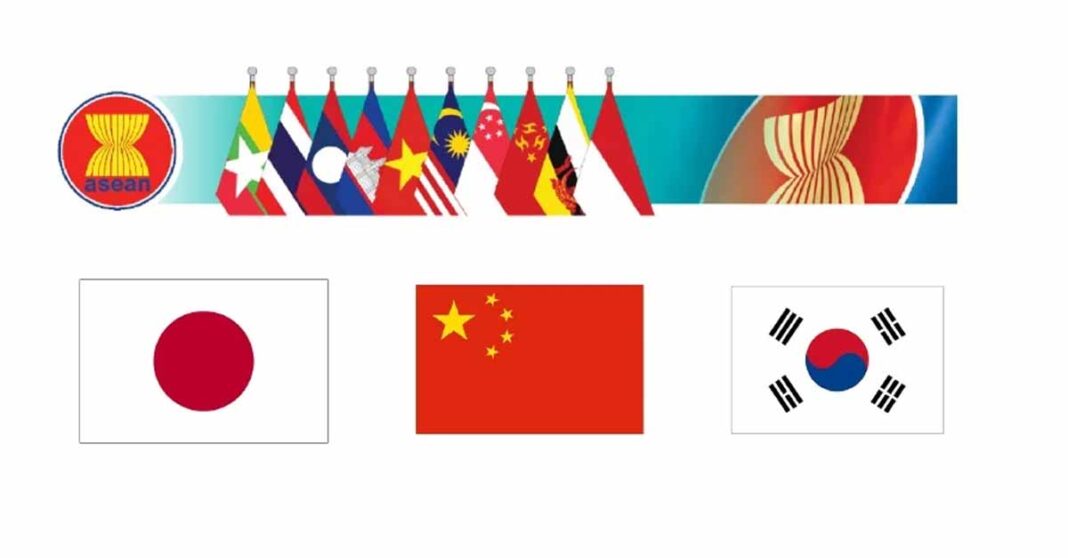Risks abound, but growth is expected to normalize in the region as COVID recedes.
On 12 April, the ASEAN+3 Macroeconomic Research Office (AMRO) published its annual flagship report, the ASEAN+3 Regional Economic Outlook (AREO) 2022. AMRO staff forecast growth in ASEAN+3 at 4.7 percent this year and 4.6 percent in 2023, with growth for ASEAN at 5.1 and 5.2 percent, respectively.
The growth outlook is underpinned by the region’s high vaccination rates, which should help mitigate the health risks of COVID-19. “Now, as we move through 2022, it appears as though the region may finally have gained some ground in its long battle against the virus and we can now look forward to a fuller opening-up and a strong economic recovery,” said AMRO Chief Economist, Dr. Hoe Ee Khor.
The war in Ukraine is an emerging risk for the economy of the region. Its effects are already being felt in Southeast Asia through higher energy prices. While ASEAN+3 economies have limited direct exposure to Russia and Ukraine, they will not remain unscathed if war drags on.
The economic fallout—disrupted global supply chains, higher global inflation, and lower global growth—would undoubtedly hurt ASEAN+3 exports and growth.
Soaring inflation in the United States has prompted the US Federal Reserve to begin tightening monetary policy, but uncertainty remains as to how aggressive its approach will be. A sharper-than-expected rate hike by the Fed, and consequent tightening in global financial conditions would have implications for interest rates, capital outflows, and financial market volatility in the region.
Within ASEAN+3, financial risks are still elevated in many economies due to the pandemic. Macro-financial policies continue to be focused on alleviating the pandemic’s impact on households and firms and supporting economic recovery. If that recovery is delayed, more businesses and individuals could come under financial stress.
Given the less supportive global policy settings in 2022, the region’s policymakers will have to undertake a crucial balancing act—avoiding a premature withdrawal of policy support to sustain the recovery, while at the same time facilitating the reallocation of capital and labor to new and expanding sectors and restoring policy space to prepare for future risks.
“ASEAN+3 policymakers will have to be nimble as they navigate this complex environment, strengthen economic recovery, and rebuild policy space,” Dr. Khor stressed. “This will not be our last crisis. We must rebuild, and continuously innovate and learn as we prepare for the next crisis.”



